Bouygues UK has launched a claim of nearly £2m against specialist fire protection contractor Sharpfibre in the High Court in a row over the replacement of cladding on a Premier Inn hotel in Bedford.
The dispute, which has made its way to the Technology and Construction Court, centres around Bouygues concerns that the cladding and insulation products installed on the Premier Inn at the Bedford Riverside development were “not acceptable” following inspections in the wake of the Grenfell Tower disaster nearly three years ago.
Originally, JB Leadbitter was engaged to build the hotel in April 2015 and the contractor turned to Sharpfibre under a design and build sub-contract to carry out “structural framing, external walling and external cladding”.
Bouygues began its involvement in the project in 2016 and in March 2017, the main contract for the hotel was novated to Bouygues before the hotel’s practical completion in April 2017.
Following the inspections later that year, Bouygues agreed to remove and replace the cladding and insulation at its own cost.
Having reached that agreement, Bouygues then claimed against Sharpfibre that the cladding and insulation products were non-compliant with Building Regulations. Sharpfibre is disputing the claim, which is in excess of £1.95m.
Meanwhile, Sharpfibre has brought a contribution claim against a third firm, architect Mountford Pigott, which was appointed by Leadbitter in 2016. Mountford Pigott had already provided an insulation specification in 2015. Its appointment was eventually novated to Bouygues in August 2016.
Comments
Comments are closed.


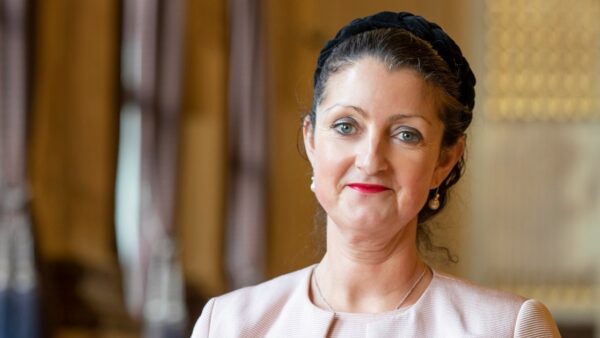
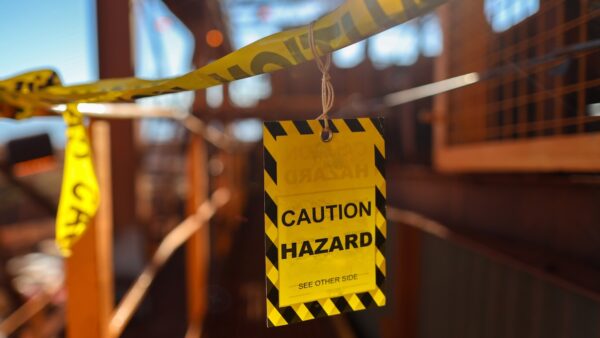
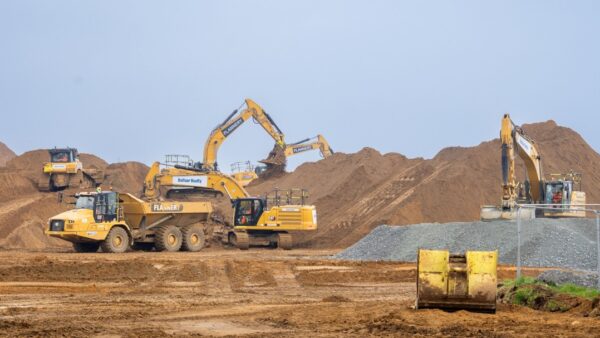
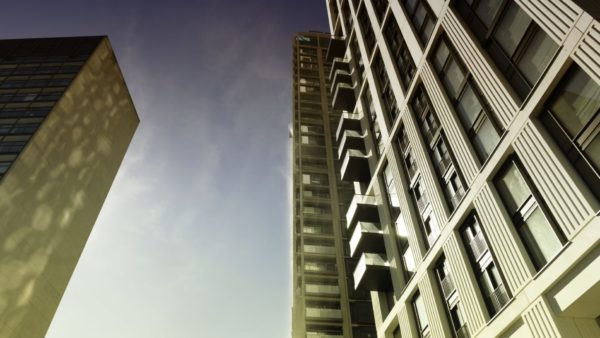

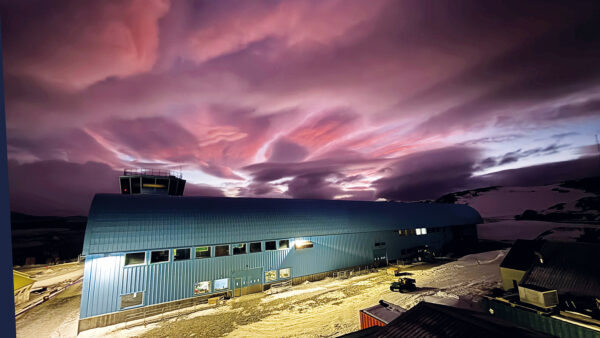



is it not the responsibility of the main (first) contractor to check all works including sub-contractors, based on the trust no one principal.
Aesthetics, U values and fire safety don’t always go well together. Using the term equal or better over equal or approved will go along way to improving fire safety in rainscreen cladding systems or in any building structure for that matter. Insisting on extremely low U values in external wall rainscreen cladding systems can often result in poor insulation choices. A non combustible A1 fire rated stonewool insulation slab is an excellent choice for fire safety but a greater thickness of stonewool insulation is required to acheive the U value target. In some cases it can be as much as two and a half times more than polyisocyanurate (PIR) foam or phenolic foam. Closer inspection of fire barrier installation is required, don’t ever close the external cladding system until the inspector signs off the fire stopping. Remember the fire stopping is only as good as the external cladding system.
The fact is that the blame game is at play here. Should the correct materials had been specified by the architects and various consultants employed by Bouygues
This situation would have been averted.
I experienced a similar situation recently a main contractor declined our quote for cavity protection in favour of a “Financially viable option” £16K on a £358 K contract.
Hope his PI is well defended!
Contractors are the worst for insisting on and choosing the cheapest and lowest quality products. It’s a game of ‘if you can’t see it then it doesn’t matter’.
I worked in passive fire protection for six years. I left the industry because contractors plumped for the cheap, nasty and unapproved. Especially with cladding fire protection.
Grenfell Tower should have served as a catalyst for change but, judging by the images I see online, that’s not the case. Penny pinching at the cost of lives. It’s the contractors fault.
The Building (Amendment)2018 regulations still excludes hotels and hostels so the requirements, even today are far less onerous than any other residential building. This may guile the likes of Premier Inn but subcontractors don’t write the Regulations or Guidance.
Dermot Kearns: PIR is not have 2.5 times better resistivity than mineral wool.